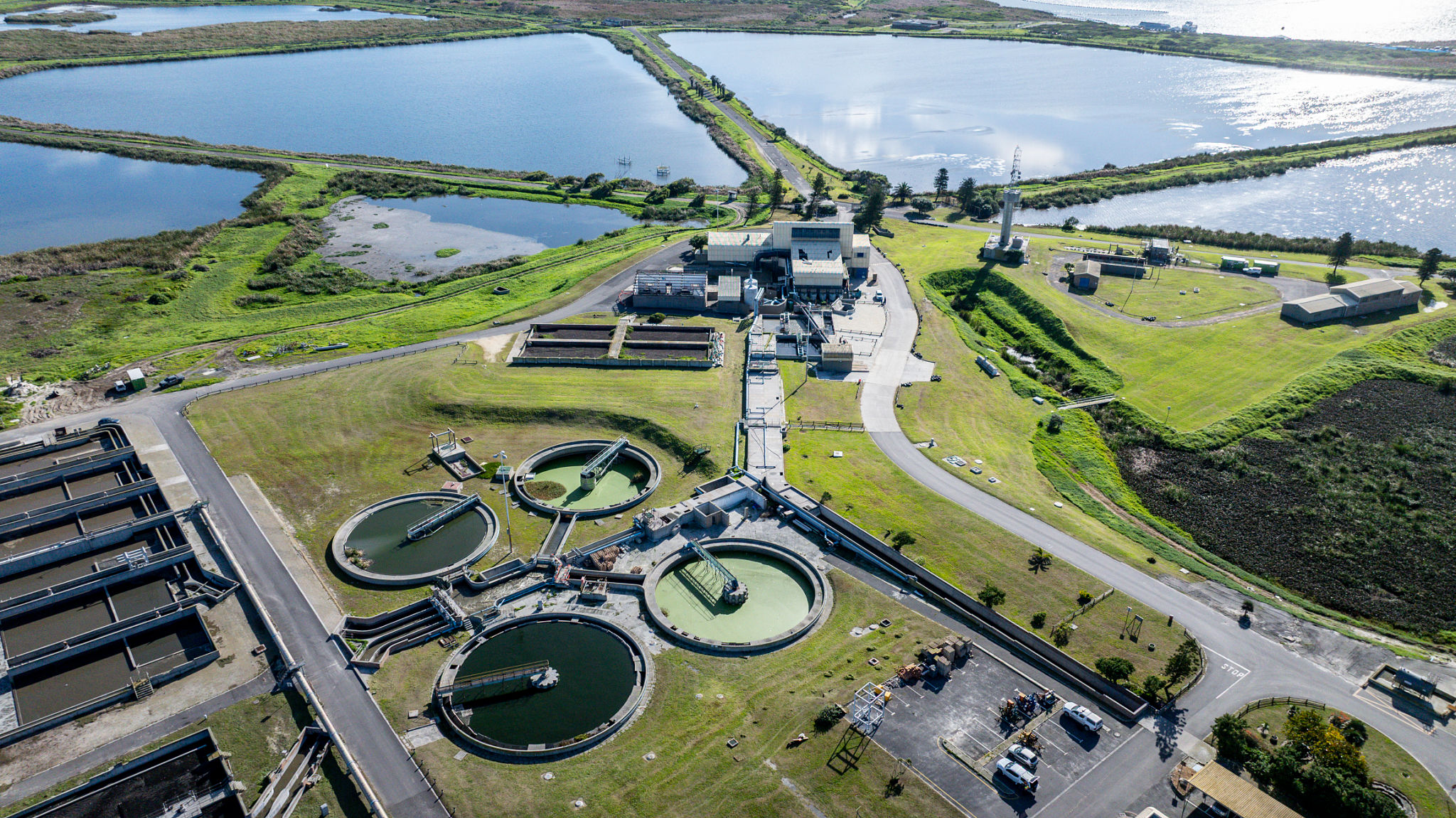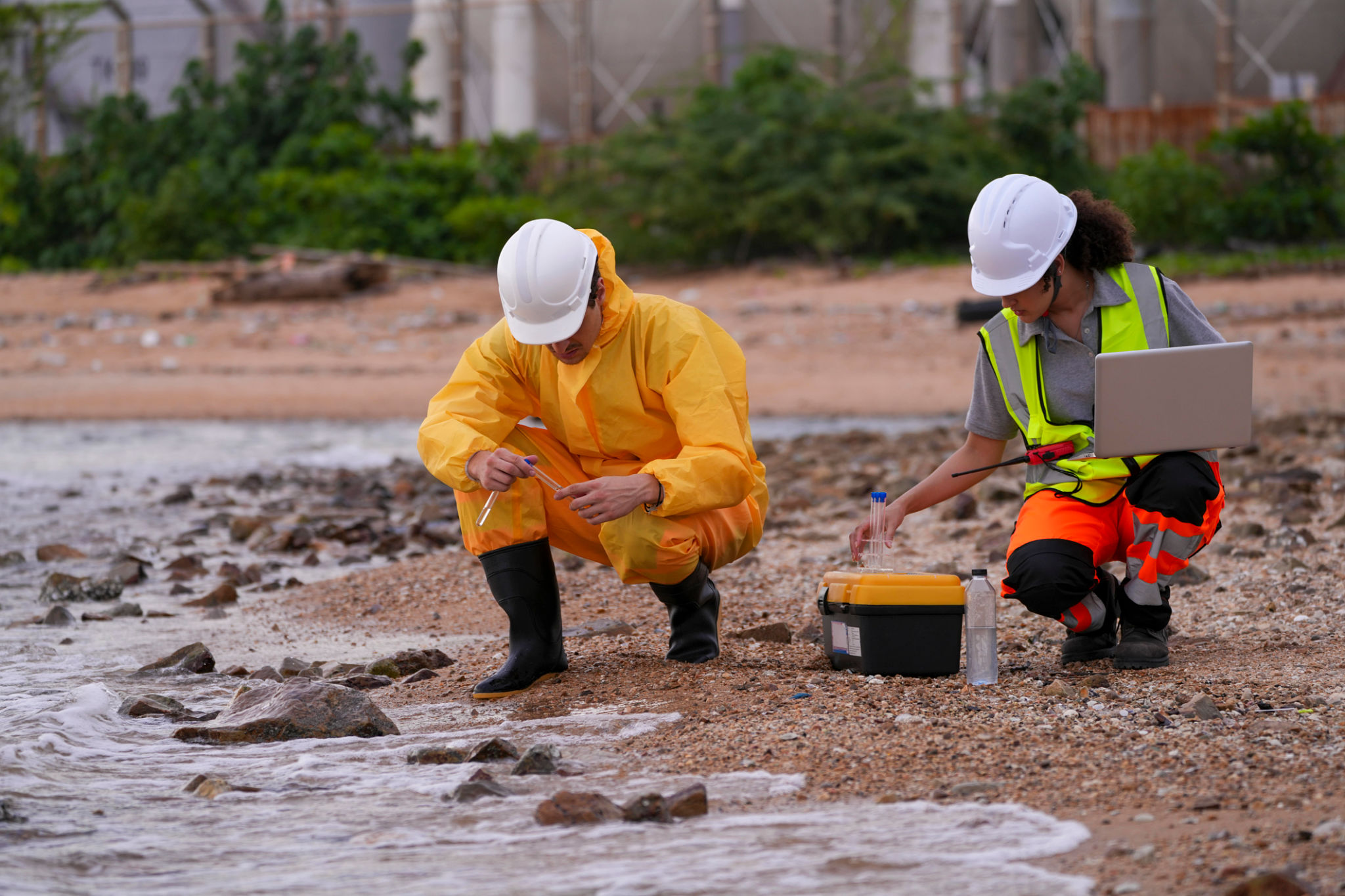How Floating Covers Improve Efficiency in Wastewater Treatment Facilities
Understanding Floating Covers
Floating covers are an innovative solution widely used in wastewater treatment facilities to enhance operational efficiency. These covers are designed to float on the surface of wastewater treatment lagoons or tanks, providing a flexible barrier between the wastewater and the environment. Made from durable materials such as high-density polyethylene (HDPE), floating covers can withstand harsh environmental conditions while minimizing odor, evaporation, and contamination.
The primary function of floating covers is to control emissions and maintain water quality. By creating a physical barrier, they help in reducing the release of gases and odors, which can be a significant concern in wastewater management. Additionally, these covers prevent debris and contaminants from entering the water, thus ensuring cleaner and more efficient treatment processes.

Enhancing Operational Efficiency
One of the most significant advantages of using floating covers in wastewater treatment is the increase in operational efficiency. By controlling the exposure of wastewater to the atmosphere, floating covers help maintain consistent temperatures within the treatment system. This stability is crucial because temperature fluctuations can affect the growth and activity of microorganisms responsible for breaking down waste materials.
Moreover, floating covers minimize evaporation, which is particularly beneficial in regions where water conservation is a priority. By reducing water loss through evaporation, facilities can maintain optimal water levels, ensuring that treatment processes continue smoothly without interruption.

Reducing Maintenance Costs
Floating covers also contribute to lower maintenance costs for wastewater treatment facilities. By protecting the surface of the water from debris and contaminants, these covers reduce the need for frequent cleaning and maintenance. This not only saves time but also extends the lifespan of the treatment infrastructure by preventing wear and tear caused by environmental exposure.
In addition, by controlling odor emissions, floating covers can improve relations with neighboring communities. Reduced odor levels mean fewer complaints and a more harmonious coexistence with nearby residential areas.
Environmental Benefits
The environmental benefits of floating covers are noteworthy. By minimizing evaporation and contamination, they contribute to more sustainable water management practices. This is particularly important in areas facing water scarcity or stringent environmental regulations.

Furthermore, floating covers help in reducing greenhouse gas emissions from wastewater treatment facilities. By trapping gases like methane, which is produced during the anaerobic digestion process, these covers can significantly lower the carbon footprint of wastewater management operations.
Installation and Customization
Floating covers are relatively easy to install and can be customized to fit various sizes and shapes of treatment tanks or lagoons. This flexibility makes them suitable for a wide range of applications within wastewater management systems. Whether you have a small community lagoon or a large industrial treatment facility, floating covers can be tailored to meet specific needs.
Overall, the use of floating covers in wastewater treatment facilities offers numerous advantages, from operational efficiency to environmental sustainability. As more facilities recognize these benefits, it is likely that floating covers will become an increasingly common feature in modern water management systems.
